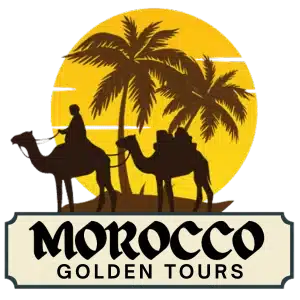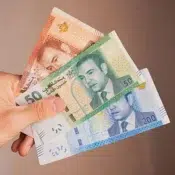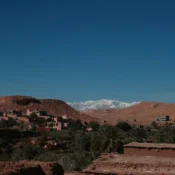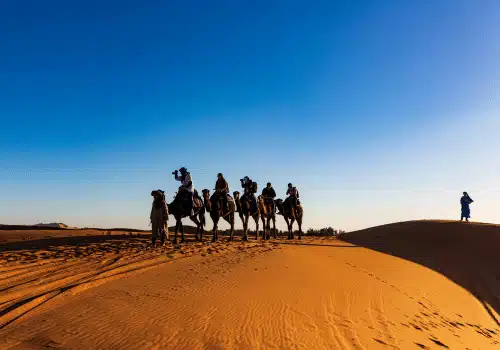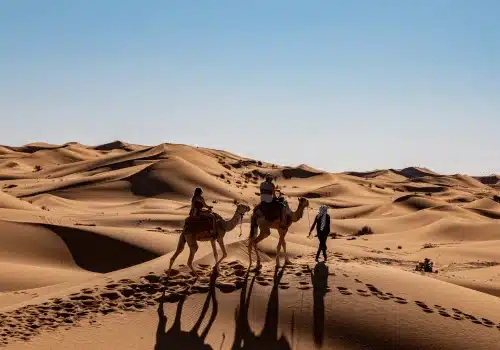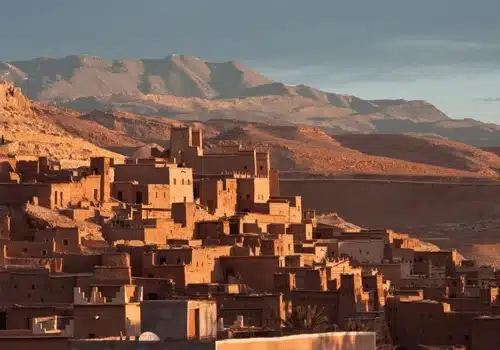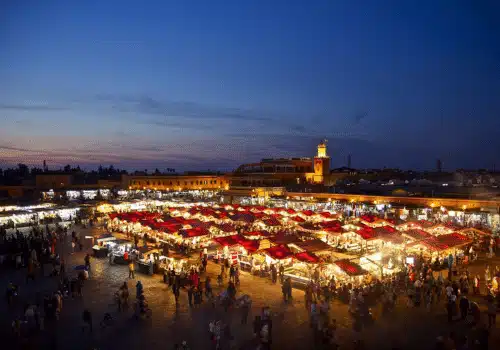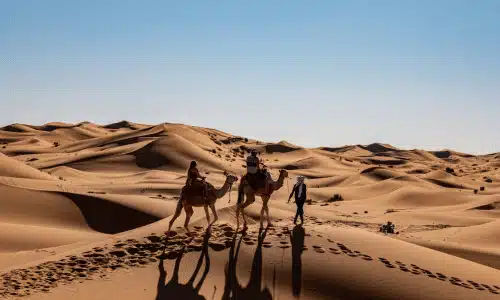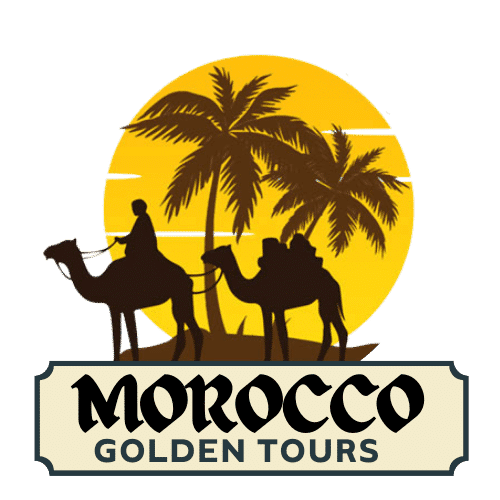What Languages Are Spoken in Morocco?
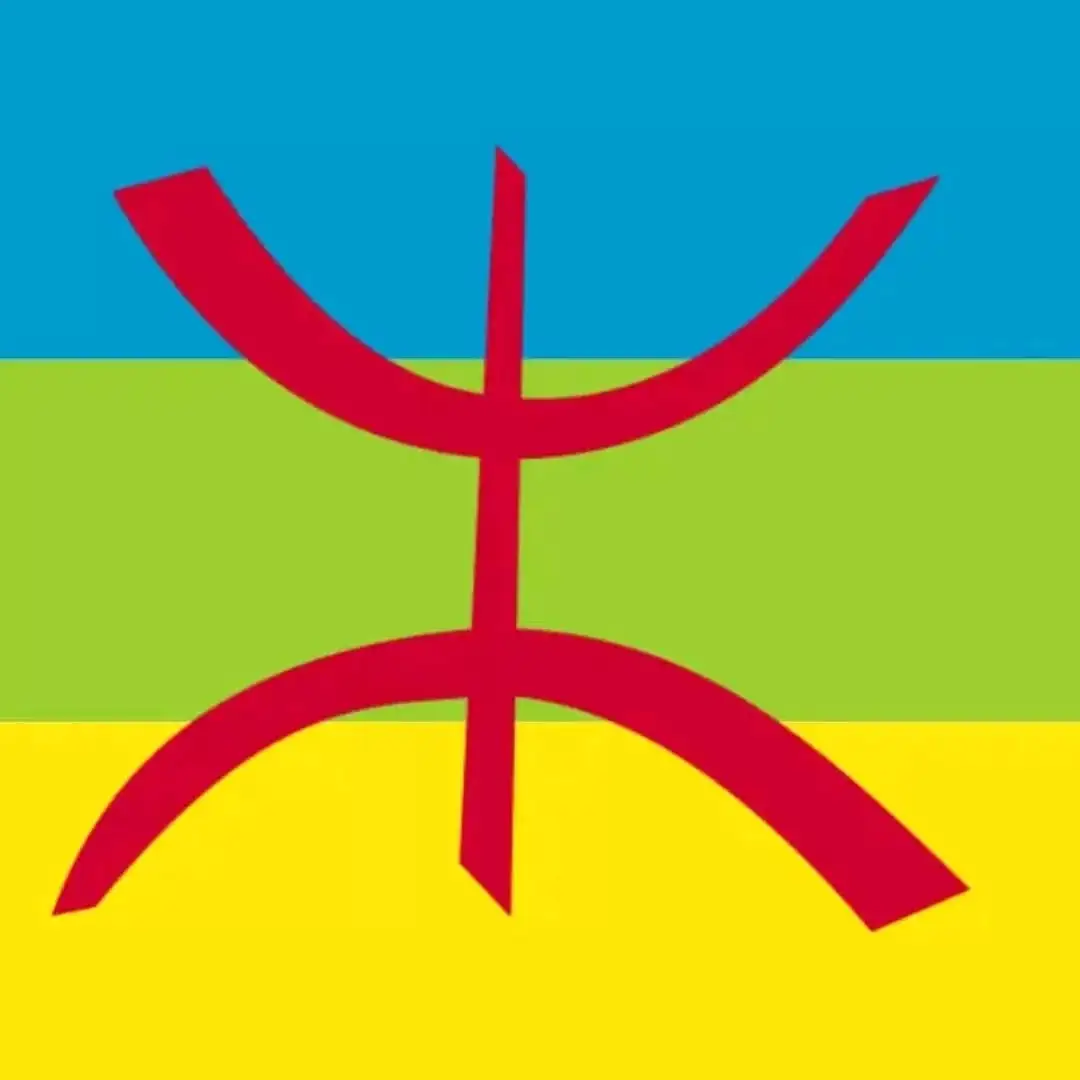
Overview: What Languages Are Spoken in Morocco?
Morocco is a country of colors, contrasts, and cultures, and that diversity is reflected in its languages. From the bustling souks of Marrakech to the peaceful villages of the Atlas Mountains, Morocco’s linguistic landscape is a fascinating blend of heritage, history, and globalization.
In this article, we explore all the languages spoken in Morocco, their roles in society, education, and daily life, as well as their regional variations.
Table of Contents
Morocco’s Linguistic Landscape: An Overview
Morocco is located at a unique crossroads between Africa, Europe, and the Arab world. This has made the country a multilingual nation with a rich linguistic history. Over the centuries, waves of different civilizations, including Arab, Berber, French, and Spanis,h have contributed to the complex language identity we see today.
Arabic – The Official and Most Widely Spoken Language
Modern Standard Arabic (MSA)
Modern Standard Arabic, or Fus’ha, is the official language of Morocco. It is used in:
- Government and legal documents
- Media (news broadcasts, newspapers)
- Schools and universities (especially formal texts and exams)
- Religious contexts
MSA is not commonly used in daily conversation but is important in formal and official settings.
Moroccan Arabic (Darija)
Darija is the informal, everyday spoken Arabic in Morocco. It is distinct from Modern Standard Arabic and includes many loanwords from French, Spanish, and Amazigh.
Key features of Darija:
- Spoken across all regions but with regional accents (e.g., Casablanca vs. Oujda)
- Constantly evolving and influenced by youth, music, and media
- Not used in writing traditionally, though increasingly seen in social media and advertising
Amazigh (Berber) – The Indigenous Language of Morocco
Before Arabic arrived in Morocco, the Amazigh (or Berber) languages were spoken throughout the country. Today, Amazigh is co-official with Arabic, as declared in the Moroccan Constitution in 2011.
There are three main Amazigh dialects:
| Dialect | Region | Characteristics |
|---|---|---|
| Tarifit | Northern Morocco (Rif) | Spoken in Nador, Al Hoceima, etc. |
| Tamazight | Middle Atlas and Central | Common in Khenifra, Azilal, Beni Mellal |
| Tashelhit | Southern Morocco | Spoken in Souss-Massa, Tiznit, Taroudant |
The Amazigh language is now taught in primary schools and appears in public signage. The Tifinagh script, a revived ancient alphabet, is used to write Amazigh.
French – Language of Education, Business, and Diplomacy
French was introduced during the French Protectorate (1912–1956) and has remained deeply embedded in Moroccan society.
Where French is Used:
- Business and finance
- Law and healthcare
- Higher education (especially science and technology)
- Official forms and bureaucracy
In urban centers like Rabat and Casablanca, French is often spoken fluently, especially by the educated elite.
Fun Fact: Morocco is one of the largest French-speaking countries outside Europe.
Spanish – Legacy of Northern Morocco
During the same period as the French Protectorate, northern Morocco (including Tetouan, Tangier, and the Rif) was under Spanish rule.
Where Spanish is Still Spoken:
- Northern cities like Tetouan, Tangier, and Chefchaouen
- Among older generations and in local schools
- Tourism and trade with Spain
Spanish is not as dominant as French, but it still plays a cultural and practical role in northern Morocco.
English and Other Foreign Languages
English – The Language of the Future?
English is gaining ground in Morocco, especially among younger generations. It’s widely taught in schools and is increasingly used in:
- Higher education (private universities)
- Business and tech startups
- Tourism and hospitality
- Online content and pop culture
Other Languages:
- German – Spoken by some due to migration and tourism
- Italian – Mostly present in the north due to historical trade
- Chinese – Growing due to increased economic cooperation with China
Regional Language Distribution: What Languages Are Spoken in Morocco
| Region | Common Languages |
|---|---|
| Casablanca | Arabic (Darija), French, English |
| Rabat | Modern Arabic, French, English |
| Marrakech | Darija, Amazigh (Tashelhit), French, English |
| Tangier/Tetouan | Spanish, Arabic, French |
| Atlas Mountains | Amazigh (Tamazight/Tashelhit), Darija |
| Souss Valley | Amazigh (Tashelhit), Arabic |
Language in Education and Government
School System:
- Primary Schools: Arabic as the main language; Amazigh taught in some regions
- Secondary Schools: French is the medium for science and technical subjects
- Higher Education: French dominates, especially in STEM subjects; English is emerging
Government:
- Official documents and speeches are in Modern Standard Arabic
- Amazigh is increasingly visible in signage and administrative use
Code-Switching in Everyday Life
Moroccans often switch between languages depending on the situation:
- Speaking Darija with friends and family
- Using French or English in professional settings
- Writing in Arabic for official matters but texting in Darija or French
- Switching from French to Arabic to English in the same sentence is common in urban areas
This code-switching is a key part of Moroccan identity.
Languages in Moroccan Media and Arts
Media:
- TV news is broadcast in Modern Arabic and French
- Moroccan soap operas use Darija
- Amazigh channels (e.g., Tamazight TV) promote Berber culture
- Foreign channels (French, Spanish, Arabic) are widely available
Literature and Arts:
- Poetry and novels are written in Arabic, French, and Amazigh
- Popular music often mixes Darija, Amazigh, French, and even English
Conclusion: What Languages Are Spoken in Morocco?
So, what languages are spoken in Morocco? The answer is as diverse as Morocco itself. Arabic and Amazigh are official languages, but French, Spanish, English, and other languages all contribute to Morocco’s multilingual fabric.
This diversity is not just about communication, it’s a reflection of Moroccan history, culture, identity, and its place in the modern world.
FAQs: What Languages Are Spoken in Morocco?
Is French still widely spoken in Morocco?
Yes, French is still widely used in education, business, and government, especially in urban areas.
Do Moroccans speak English?
English is growing in popularity, especially among youth, students, and in tourist zones.
Is Amazigh a written language?
Yes. Amazigh is written using the Tifinagh alphabet and taught in schools.
Can you travel in Morocco speaking only English?
In tourist areas, yes. In rural regions, knowing a few Arabic or French phrases is helpful.
How many languages does a typical Moroccan speak?
Many Moroccans are multilingual. It’s common to speak Darija, French, and one or more of Amazigh, Spanish, or English.
